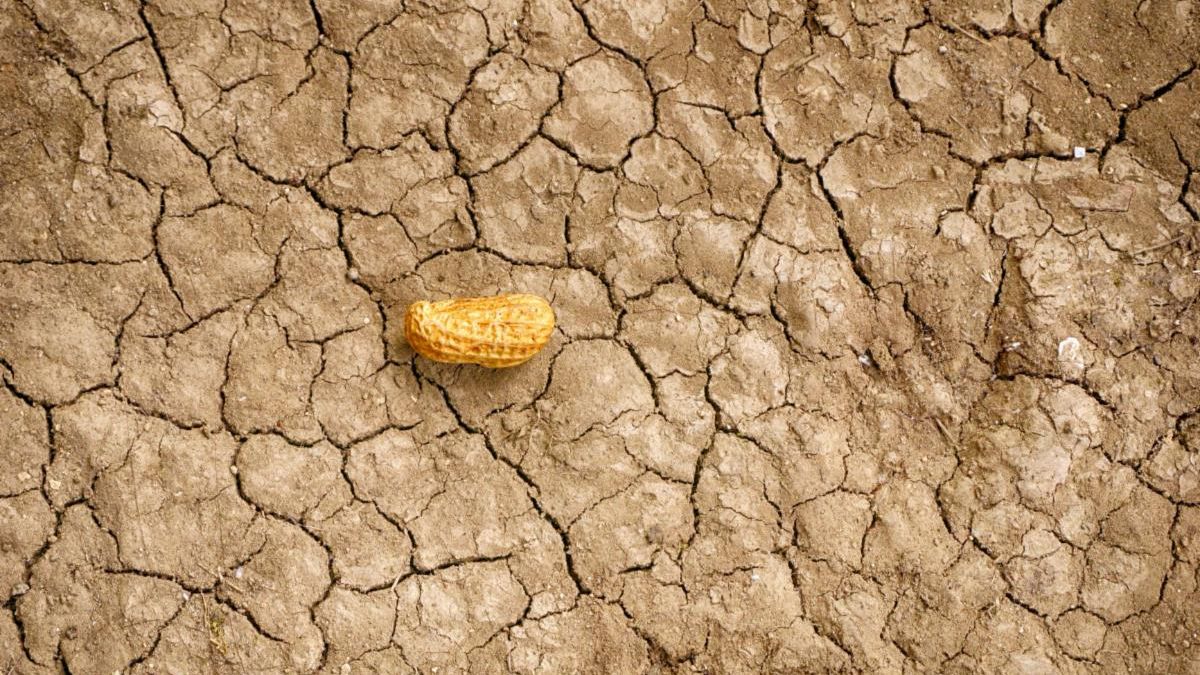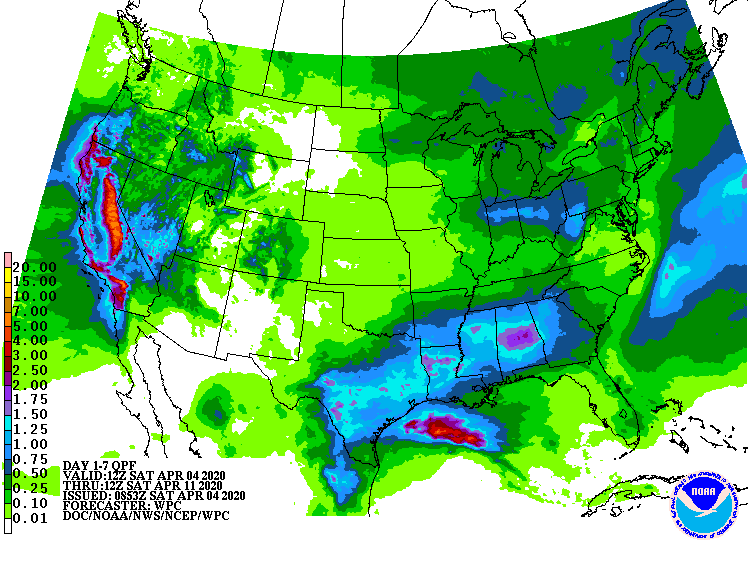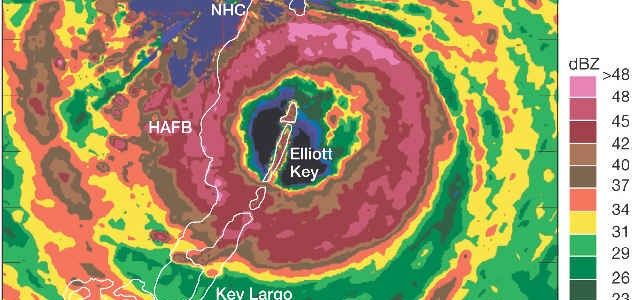April 2020
-

I received this notice about four virtual listening sessions on the new proposed Drought Dashboard for the Apalachicola-Chattahoochee-Flint River Drought Early Warning System and want to pass it along to you. They were originally intended to be held in person, but because of the pandemic have been moved to online discussions. I encourage you to…
-

The latest monthly summary of climate conditions is now available from the Southeast Regional Climate Center. You can access it at https://sercc.com/SoutheastRegionMonthlyClimateReportMarch2020.pdf.
Posted in: Climate summaries -

The latest 7-day QPF map shows that the largest rain amounts this week are expected to fall in central Alabama and Georgia, with southern areas, the Carolinas, and the Florida peninsula expecting much less than normal. This could lead to an increase or expansion in drought in the areas that are already experiencing dry conditions…
Posted in: Climate outlooks -

With sheltering in place now in full swing, the number of airline flights across the US has dropped significantly. What you might not know is that many of these flights provide important and detailed weather information that is fed into weather forecast models, improving their accuracy. With less flights in the air, that means there…
-

NOAA is presenting a series of webinars on hurricanes for 4th through 6th graders in the next few weeks. They are split up by state and will be available later in April. The webinars discuss how hurricane forecasts are made and what hurricane hazards are like. You can read more information and find links to…
-

If you love severe weather, then you have heard of James Spann. He is a broadcast meteorologist in Birmingham AL and is internationally known for his live severe weather broadcasts as well as his amazing number of school visits. It should be no surprise that he is now doing a weather school from his home…
-

The National Ag Statistics Service produces frequent reports on crop conditions and planting progress around each state. In winter the reports only come out once a month, but during the growing season they come out weekly. They are based on information sent in by Extension agents around each state, and are used for a variety…